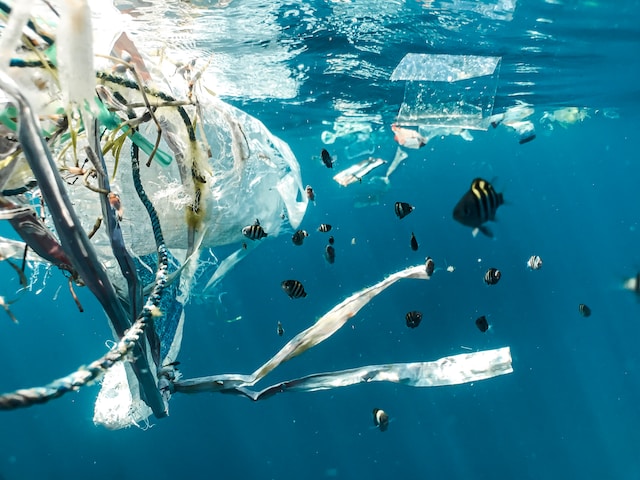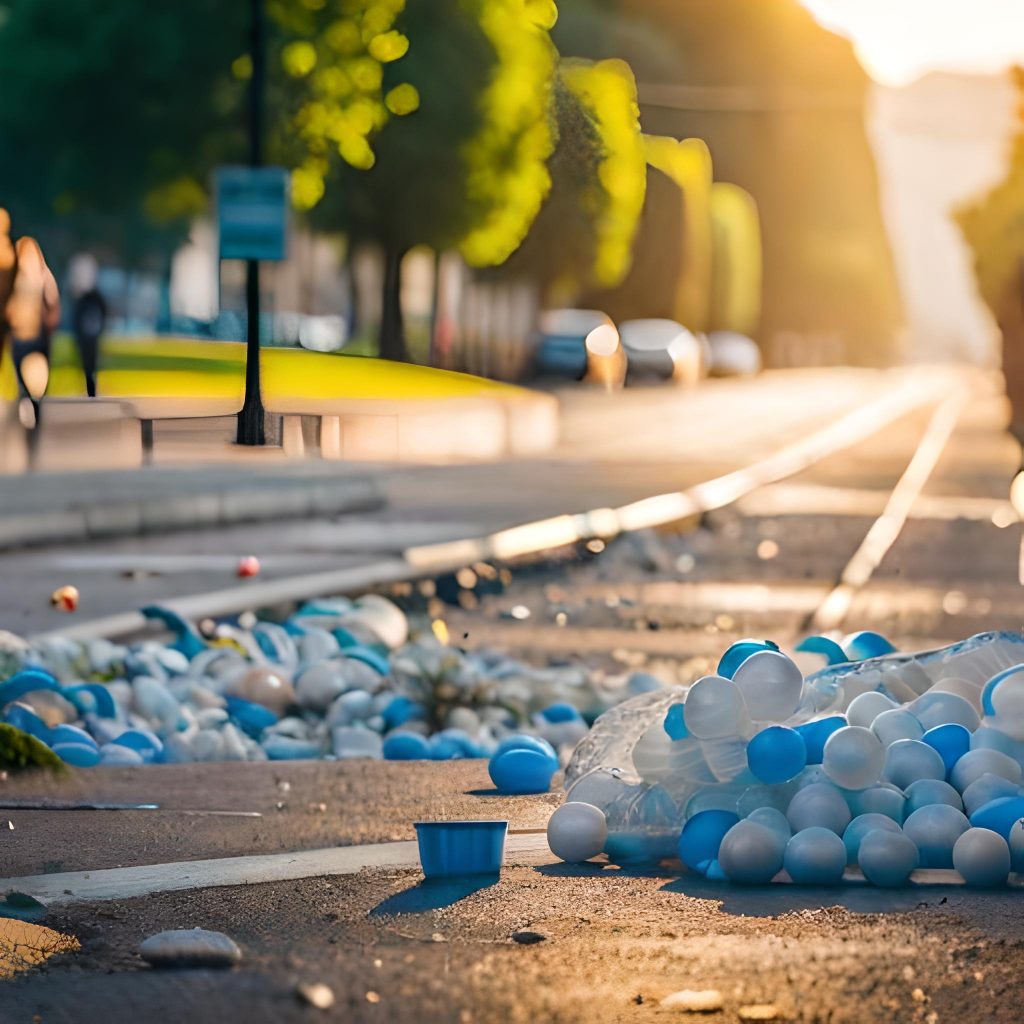Plastic pollution is a growing concern around the world. Oceans and marine species are affected by the huge amount of plastic thrown away each year. To address this problem, countries are working on an international treaty that seeks to eliminate plastic pollution at all stages of their life cycle. In this article, we will explore the details of this treaty, its importance, and the progress made so far.

The impact of plastic pollution
The problem of plastic pollution is alarming. According to the World Wide Fund for Nature (WWF), more than 11 million tons of plastic products enter the oceans each year. This is equivalent to one truck load per minute. This pollution affects 90 per cent of marine species and has devastating consequences for aquatic ecosystems.
The emergence of the treaty
Aware of the seriousness of the problem, the United Nations Environment Assembly adopted a landmark resolution to develop an international treaty addressing plastic pollution in all its stages. This decision was supported by 175 countries, demonstrating the global concern on this issue. The treaty aims to stop plastic pollution and ensure the protection of the environment and human health.
Key aspects of the treaty
The proposed treaty has several characteristics that differentiate it from other existing mechanisms to address plastic pollution. First, it seeks to address pollution throughout the life cycle of plastics, not just in solid waste management. This involves taking preventive measures to reduce the number of problematic plastics and promoting circular practices that facilitate recycling and safe handling of plastics.
Participants in the creation of the treaty
The treaty process involves United Nations member countries, which negotiate the obligations and measures to be included in the agreement. However, the importance of involving other actors, such as civil society and the most vulnerable groups, is also recognized. During the negotiation rounds, representatives of governments, civil society organizations, waste pickers, and scientists, among others, have been involved.
The process of treaty construction
Treaty building is carried out through intergovernmental negotiating meetings and committees. Countries elect a Intergovernmental Negotiating Committee (INC) which is responsible for discussing and agreeing on the content of the treaty. So far, two rounds of negotiations have been held, and the process is expected to conclude in 2025, with the adoption of the treaty.
Progress and challenges
So far, significant progress has been made in creating the treaty. During the last meeting in Paris, countries agreed to draft the first draft of the agreement for the next meeting in Nairobi. In addition, specific requests have been made for global bans and elimination of certain plastic products. However, there are still challenges, such as the need to define standards and criteria for the design of plastics and recycling systems.
The importance of the implementation
While the treaty is an important step in addressing plastic pollution, its effectiveness will depend on the implementation and actions taken by states at the national level. It is essential that countries take concrete measures to reduce the production and use of problematic plastics, as well as to promote circular economy and recycling practices. In addition, the active participation of civil society and the private sector is required to achieve real change.
Alternatives to plastic
In addition to addressing plastic pollution, it is crucial to explore alternatives to the use of plastics. This involves both the replacement of materials and the transformation of production and consumption systems. Reuse and refilling are examples of approaches that can significantly reduce dependence on single-use plastic products. There is a need to encourage innovation and change consumer behaviour to achieve a sustainable solution.
Conclusion
The international treaty to eliminate plastic pollution represents a unique opportunity to address a global problem in a coordinated manner. While challenges remain, the progress made so far demonstrates the relevance and urgency of finding solutions. The effective implementation of the treaty and the commitment of countries are essential to achieve a significant change in the reduction of plastic pollution and protect the environment and human health. This is why each action counts as the treaty is consolidated and implemented. Simbiotic always stands ready to help find solutions!





